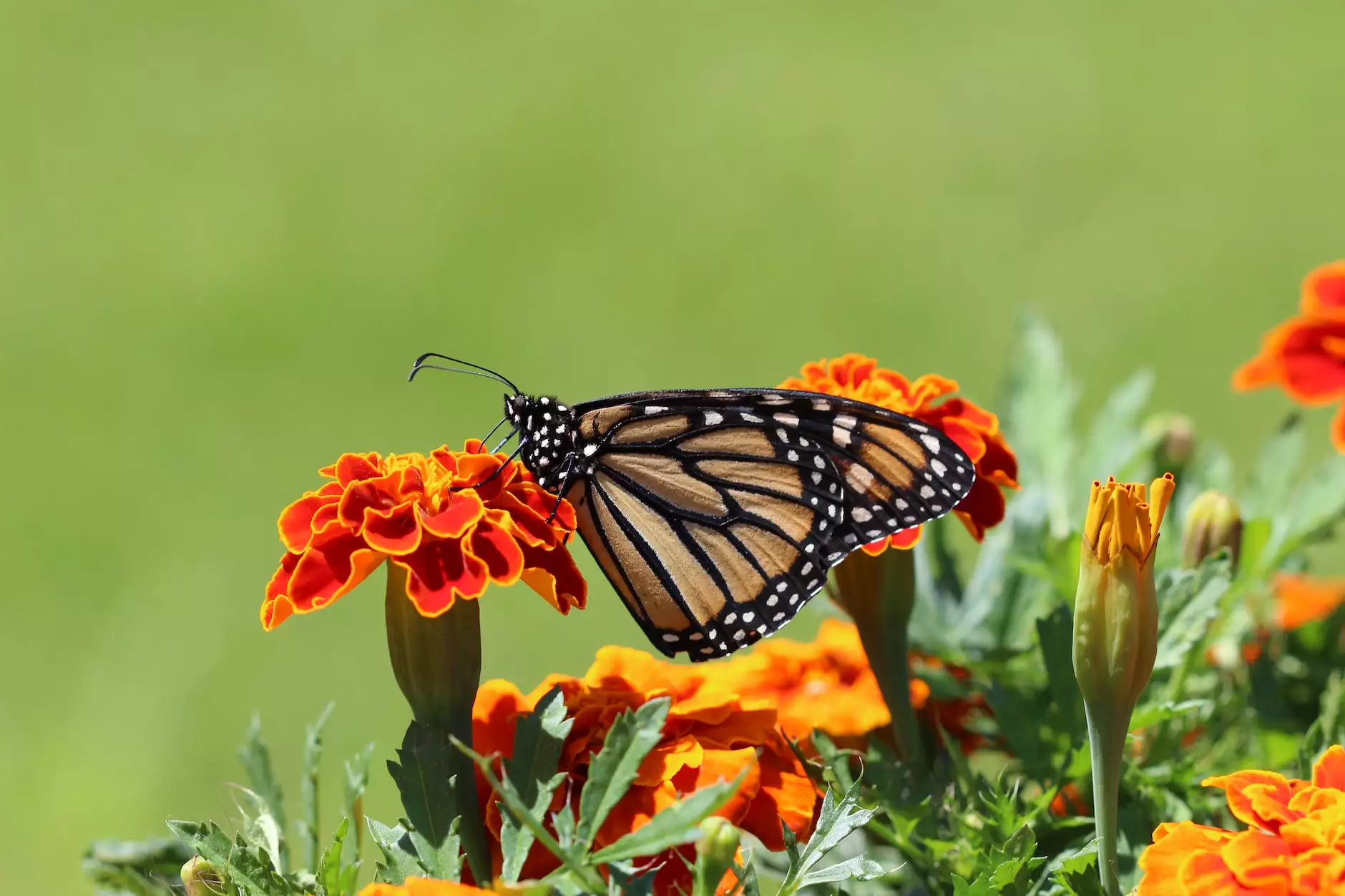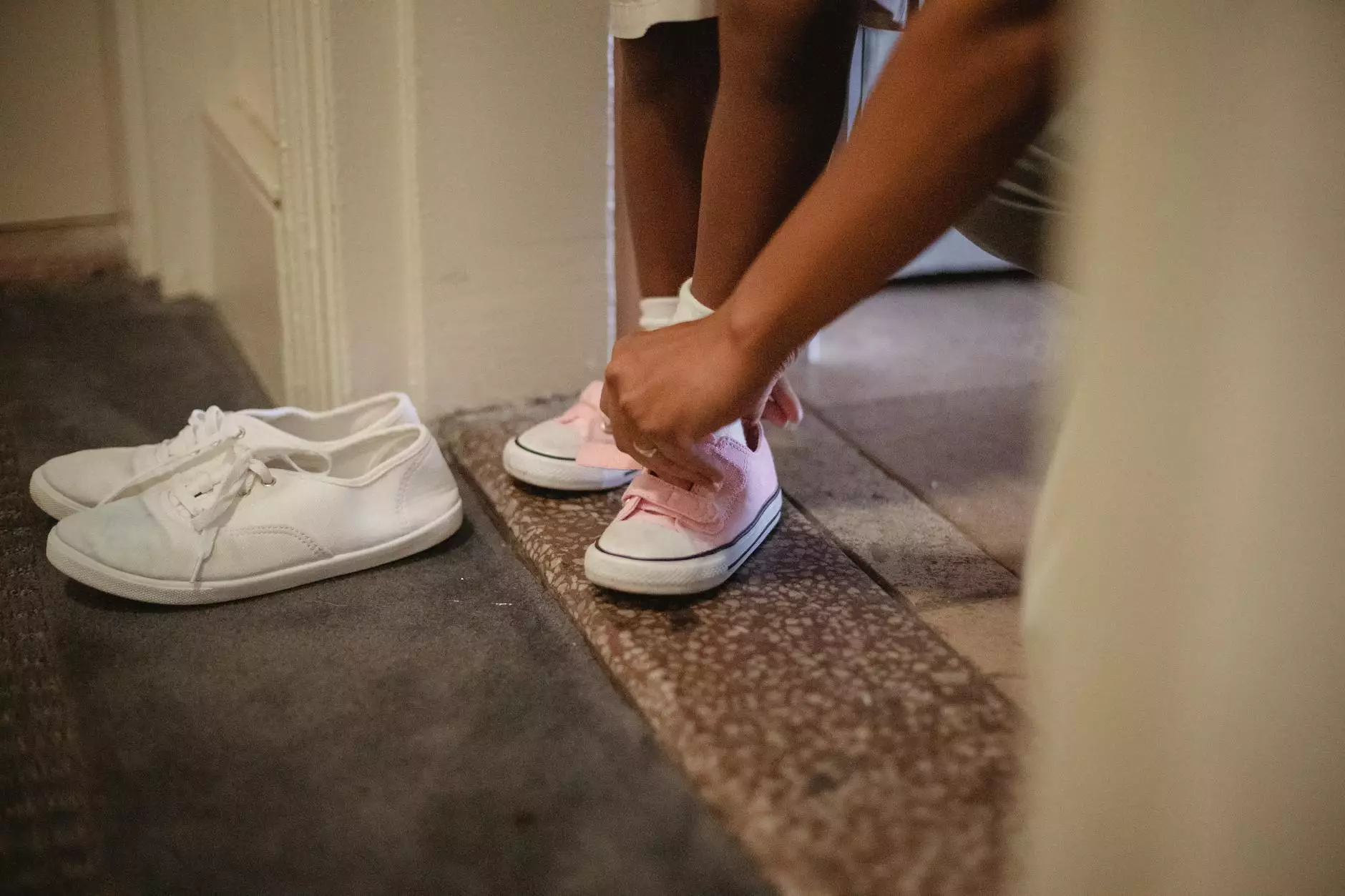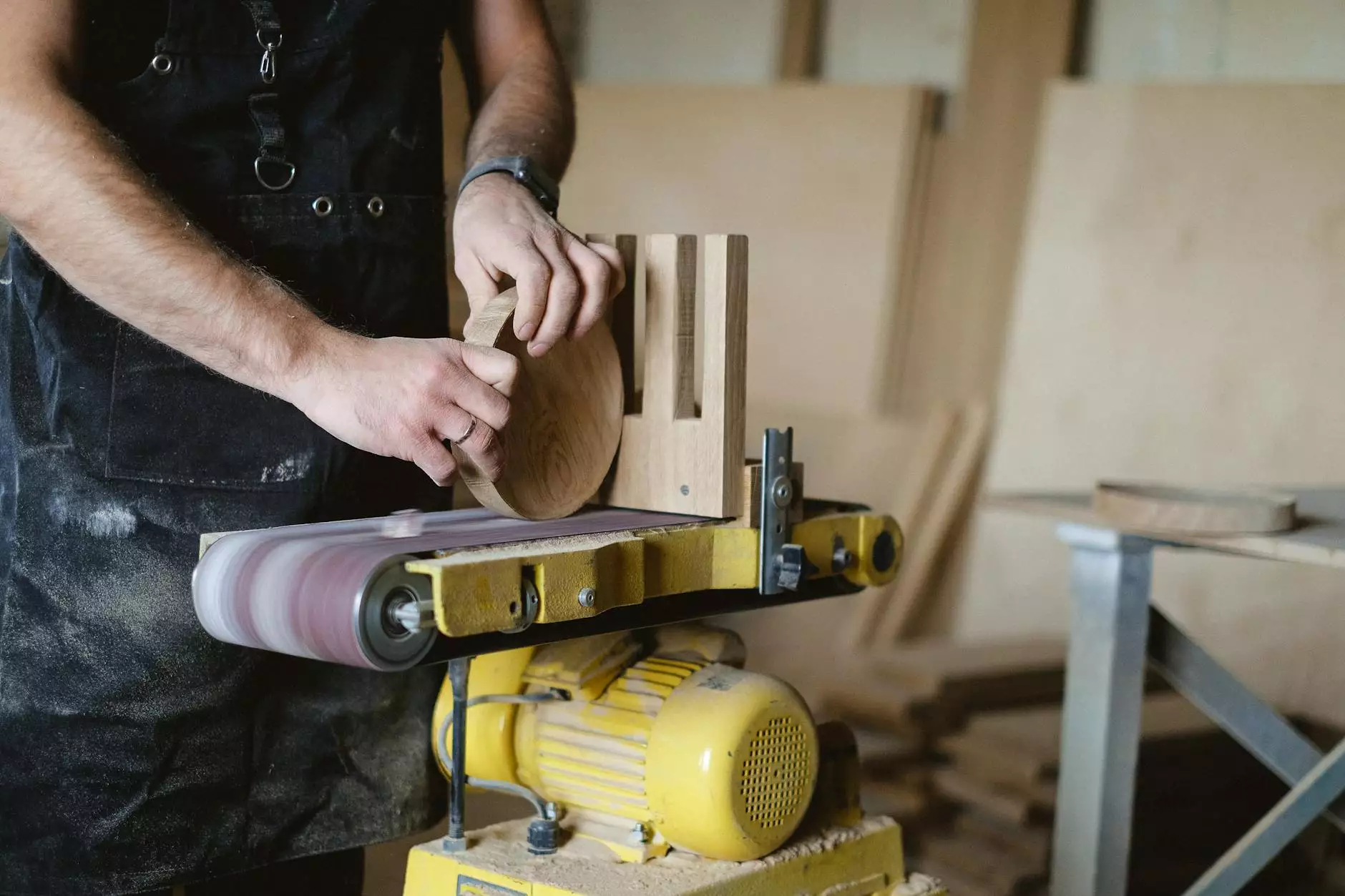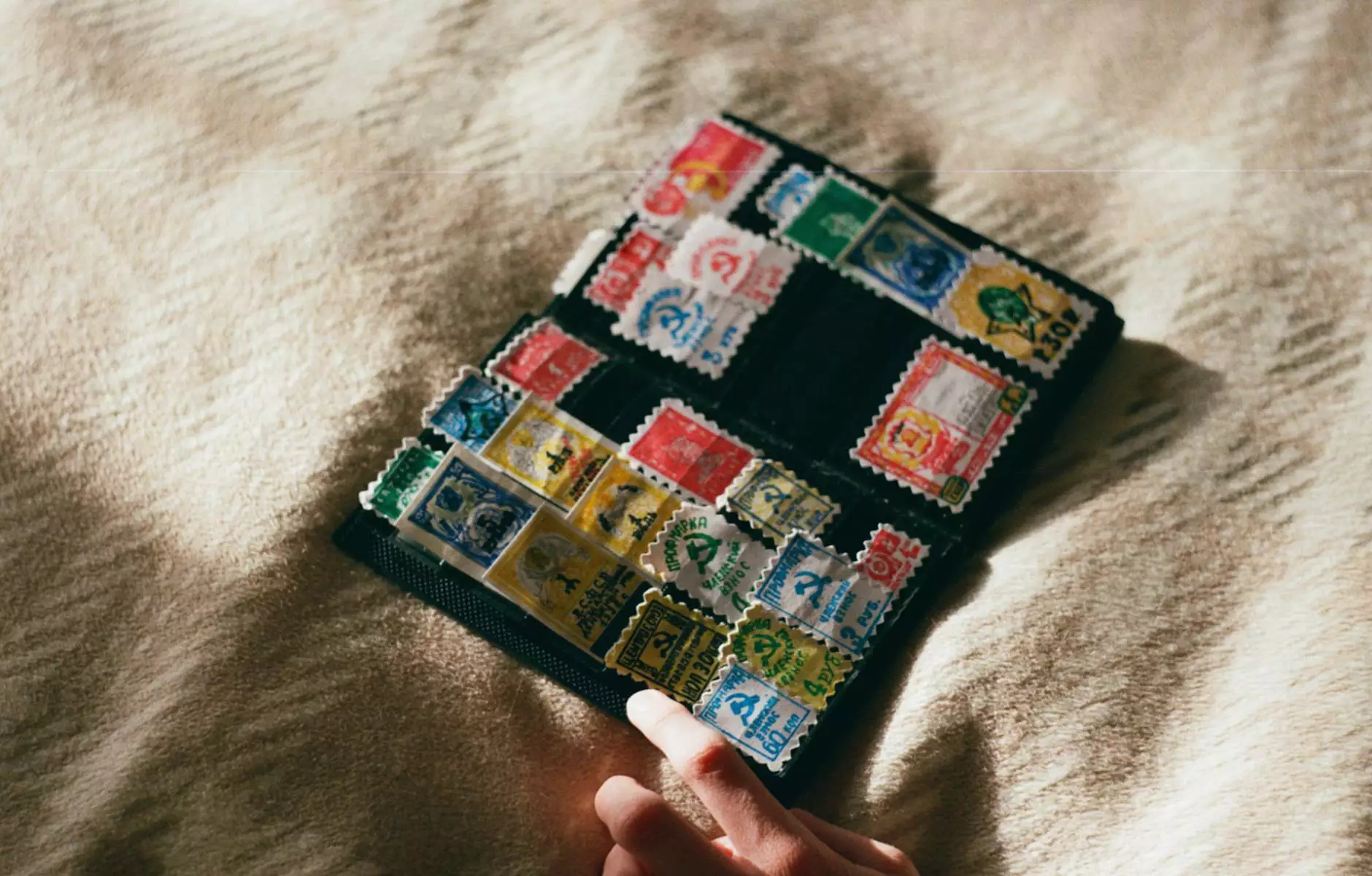Gardening for Butterflies - Screens Unlimited

Introduction
Welcome to our comprehensive guide on gardening for butterflies! Screens Unlimited is dedicated to helping you transform your garden into a haven for these enchanting creatures. By following our expert advice and implementing the right techniques, you can attract a myriad of butterfly species to your outdoor space.
The Importance of Butterfly Gardens
Butterflies not only add beauty to our surroundings but also play a crucial role in pollination. They are essential for maintaining a healthy ecosystem and enhancing biodiversity. Creating a butterfly garden not only benefits the environment but also provides an opportunity for you to observe and appreciate these mesmerizing creatures up-close.
Choosing the Right Plants
One of the key factors in attracting butterflies to your garden is selecting the right plants. Butterflies are especially drawn to specific nectar-rich flowers, which serve as their primary food source. Some popular choices include:
- Milkweed - Monarch butterflies rely on milkweed as it is the only plant their caterpillars can eat.
- Lavender - Known for its strong fragrance, lavender is irresistible to butterflies.
- Butterfly Bush - As the name suggests, this shrub is a favorite among butterflies due to its abundant nectar.
- Coneflowers - These vibrant flowers not only attract butterflies but also bees and birds.
- Black-eyed Susan - A native wildflower that butterflies find hard to resist.
When selecting plants, ensure a variety of colors and types to cater to different butterfly species. Native plants are often the best choice as they are adapted to the local climate and attract a wider range of butterflies. Consider incorporating both perennial and annual flowers to provide a continuous source of nectar throughout the year.
Creating a Butterfly-Friendly Habitat
In addition to selecting the right plants, creating a suitable habitat is essential to attract butterflies. Here are some tips to enhance your garden's appeal:
Provide Shelter
Butterflies seek shelter from harsh weather conditions and predators. Include trees, shrubs, and tall grasses in your garden to provide protective cover for these delicate insects.
Puddling Areas
Create small shallow puddles or a shallow water source with wet sand to provide butterflies with essential minerals and moisture.
Avoid Pesticides
Avoid using harmful pesticides in your garden as they can be toxic to butterflies and other beneficial insects. Consider natural alternatives and practice integrated pest management techniques to maintain a healthy balance.
Garden Design Tips
The design of your garden plays a vital role in attracting butterflies. Consider the following design tips:
Create a Sunny Spot
Butterflies thrive in sunny areas, so ensure your garden receives at least six hours of direct sunlight each day. Remove any obstacles that may block sunlight, such as tall buildings or trees.
Add Different Levels
Vary the height of your plants to provide multiple levels for butterflies to perch and feed. Incorporate tall flowers, mid-sized shrubs, and groundcovers to maximize butterfly activity.
Include Host Plants
Host plants are essential for butterflies to lay their eggs. Different butterfly species have specific host plants for their larvae to feed on. Research and include these plants in your garden to support the complete life cycle of butterflies.
Conclusion
Transforming your garden into a butterfly haven is a delightful and rewarding experience. Not only will you witness the beauty of these winged wonders, but also contribute to the preservation of these important pollinators. Follow our comprehensive guide on gardening for butterflies to create an enchanting space that attracts a diverse range of these delicate creatures. Screens Unlimited is dedicated to helping you succeed on this fascinating journey.









